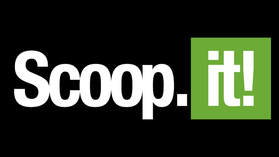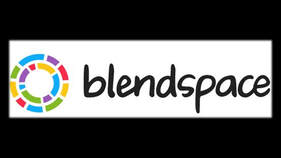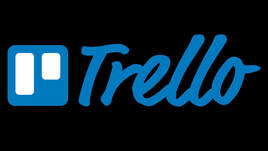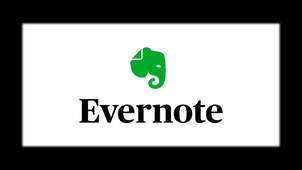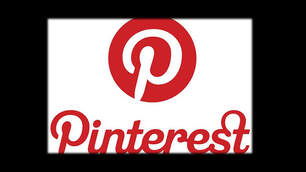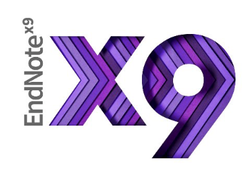Curating
What is content curation?
Pulling together information is an important part of research, and then storing that information in such a way that it is easily accessed at a later date is equally important. Curation tools are ways of capturing, organising and holding useful information to be accessed at a later day. (You have already seen Scoop.it and Bag the Web examples in previous activities.)
You need to decide, by examining the tools below, which curation tool you will use for your inquiry and then start searching and collating material pertinent to your chosen topic.
You need to decide, by examining the tools below, which curation tool you will use for your inquiry and then start searching and collating material pertinent to your chosen topic.
Evernote |
|
Primary and Secondary Sources of Knowledge
Primary sources of knowledge are the original documents, photographs, letters, manuscripts, reports and statistics that have been created by an individual. If you are using the work of others then you are using secondary sources of information.
As you complete your topic investigation you will not, in all likelihood, be collecting data (primary source) - you will be analysing materials you have collected from the web or other reports and sources (secondary source). You need to analyse the secondary data and ensure that it is reliable, accurate and valid.
As you complete your topic investigation you will not, in all likelihood, be collecting data (primary source) - you will be analysing materials you have collected from the web or other reports and sources (secondary source). You need to analyse the secondary data and ensure that it is reliable, accurate and valid.
ReferencingIt is imperative that you reference all of your sources of information as you collect your data. The Curtin Referencing Guide is what you will need to follow.
Go to the Curtin website and check the library instructions about the use of APA 7th which is the preferred referencing style Referencing at Curtin Endnote (free download for Curtin students) |
Endnote |
Learning ActivitiesSee the BB site for the Learning Activities
|
Inquiry JourneyMake sure you keep on task and don't get behind with the required activities.
Create a reference list and add it to your Proposal. |

